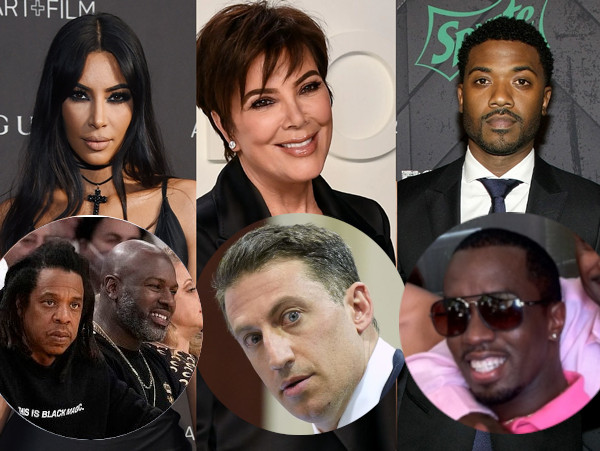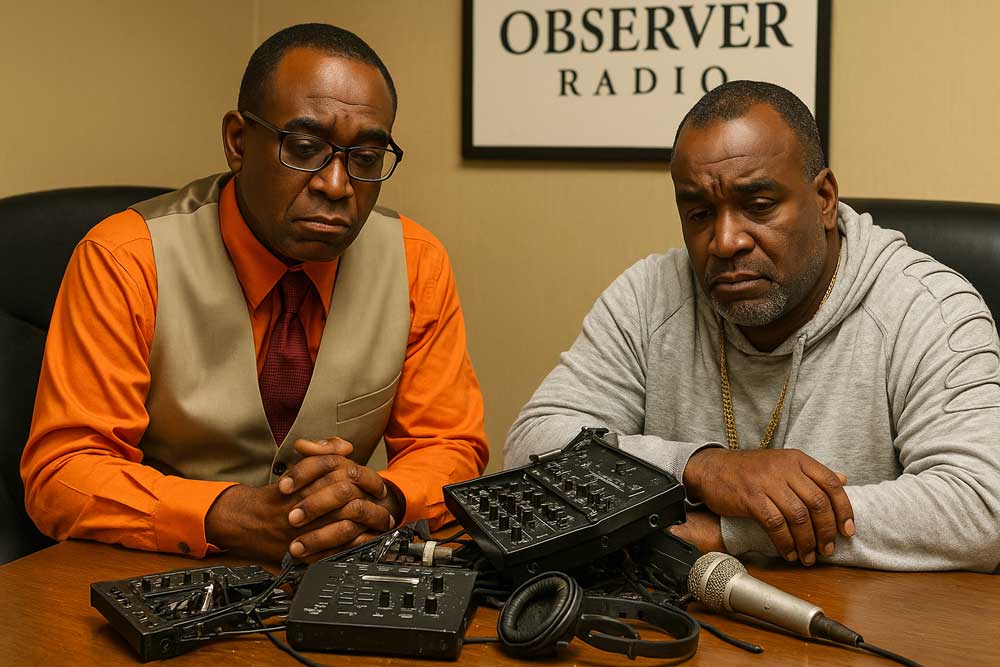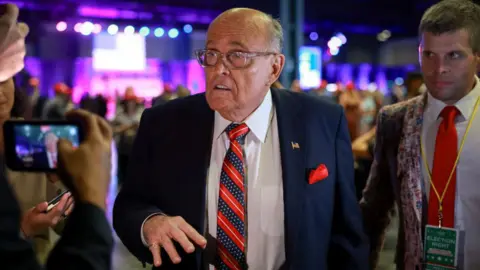Artificial turf has become increasingly popular as a maintenance-free substitute for natural grass, now found in a multitude of places from sports stadiums to suburban backyards. However, concerns are emerging over its potential health risks. Four experts planned to discuss these issues at a seminar but were abruptly silenced by a defamation lawsuit from Polyloom, a manufacturer of artificial turf, based on their promotional materials. According to Kyla Bennett, an ecologist formerly with the EPA and one of the defendants, this legal action occurred even before they could present their findings.
The lawsuit reflects the mounting apprehension within the artificial-turf industry as scientific research continues to unveil the presence of harmful chemicals in synthetic grass. While Polyloom and other players in the sector strive to protect their interests, the global demand for artificial turf is surging. As of 2023, significant numbers of new artificial turf fields have been established, totaling around 19,000 across the United States, according to AMI Plastics data.
This development raises critical discussions around not only the safety of synthetic surfaces for children but also the environmental concerns tied to their widespread use. With the mounting evidence and growing public interest, the clash between manufacturer interests and expert concerns presents a complex challenge for policymakers and communities alike.
The lawsuit reflects the mounting apprehension within the artificial-turf industry as scientific research continues to unveil the presence of harmful chemicals in synthetic grass. While Polyloom and other players in the sector strive to protect their interests, the global demand for artificial turf is surging. As of 2023, significant numbers of new artificial turf fields have been established, totaling around 19,000 across the United States, according to AMI Plastics data.
This development raises critical discussions around not only the safety of synthetic surfaces for children but also the environmental concerns tied to their widespread use. With the mounting evidence and growing public interest, the clash between manufacturer interests and expert concerns presents a complex challenge for policymakers and communities alike.



















